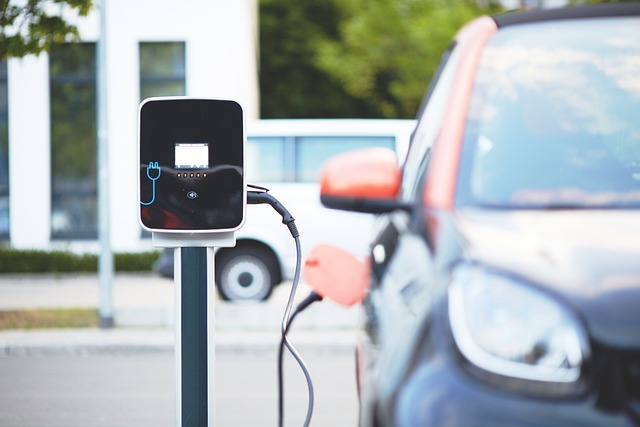Charge Point: Home and Public EV Charging Guide
ChargePoint is both a company and a common term used for public and residential electric vehicle charging infrastructure. This article explains how ChargePoint-style networks and home EV chargers work, what to consider about cables and connectors, and how costs for hardware and installation are typically structured so you can make informed choices for home charging or local services.

What is ChargePoint for electric vehicle drivers?
ChargePoint refers to a networked approach to EV charging that combines hardware, software and station management. For electric vehicle owners, that means access to public chargers via apps and cards, as well as products designed for residential use. Networks monitor availability, manage payments and deliver usage data, helping individuals and businesses coordinate charging across homes, fleets and public locations.
How does an EV charger from ChargePoint work?
A typical EV charger connects to your home or a public power source and communicates with software to authorize and record charging sessions. Level 1 chargers use a standard household outlet and provide slow charging, while Level 2 EV chargers require a 240V circuit and offer much faster daily charging. Smart chargers can schedule charging to take advantage of lower electricity rates and report energy use to apps or management platforms.
What should you know about home charging and installation?
Home charging involves selecting an appropriate EV charger, confirming your electrical panel capacity, and hiring a licensed electrician for installation. Many homeowners choose Level 2 home charging for practical overnight charging times. Installation complexity affects timelines and cost: a nearby 240V circuit is inexpensive to connect, but panel upgrades, trenching or long runs of wiring increase labor and material needs. Check for local services and any available utility incentives.
What cable and connector options matter?
Cables and connectors determine compatibility and convenience. In North America, most non-Tesla EVs use the SAE J1772 connector for AC charging; Teslas use a proprietary connector but adapters are common. In Europe, Type 2 (Mennekes) is standard. For DC fast charging, CCS and CHAdeMO are common standards. Tethered chargers come with a fixed cable, which is convenient but may limit flexibility, while untethered chargers allow you to use a separate cable if needed. Cable length and weather rating also matter for installation placement.
What are typical costs for chargers and installation?
Costs for EV chargers vary by brand, features (tethered cable, Wi‑Fi, power sharing), and installation needs. Basic Level 2 home chargers with smart features generally cost more than entry-level units, and professional installation can add significantly to the total. Energy costs for charging depend on local electricity rates and whether you charge during off-peak periods. For multi-dwelling buildings or public locations, network and payment services add recurring fees in some cases.
| Product/Service | Provider | Cost Estimation |
|---|---|---|
| Home Flex Level 2 Charger | ChargePoint | $599–$799 (device) |
| Wall Connector (Gen 3) | Tesla | $350–$550 (device) |
| JuiceBox Pro 40 (Level 2) | Enel X / JuiceBox | $549–$749 (device) |
| Classic Level 2 Charger (tethered) | Blink Charging | $399–$699 (device) |
| Typical Residential Installation (electrician) | Local electricians | $300–$1,500 (depending on upgrades) |
Prices, rates, or cost estimates mentioned in this article are based on the latest available information but may change over time. Independent research is advised before making financial decisions.
Conclusion
ChargePoint-style solutions span from simple home EV chargers to networked public stations; understanding connectors, cable configurations, and installation requirements helps you choose the right setup. Costs vary by hardware, installation complexity and local electricity rates, so review product specifications, consult licensed installers, and compare local services in your area before committing.





